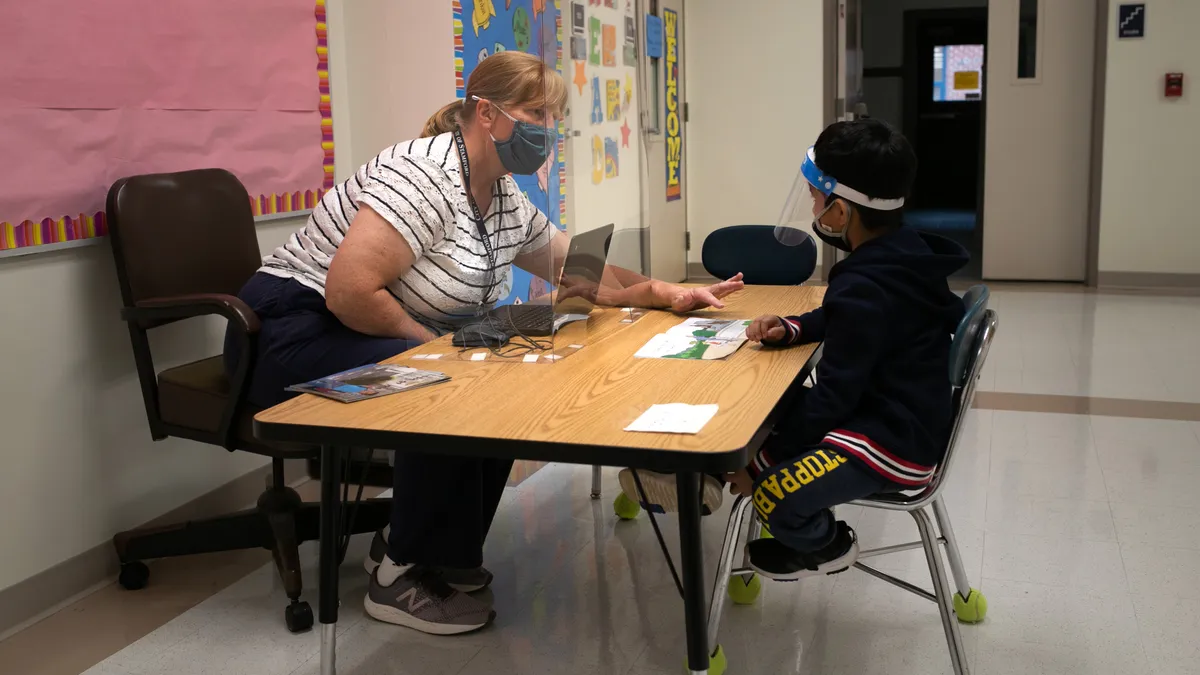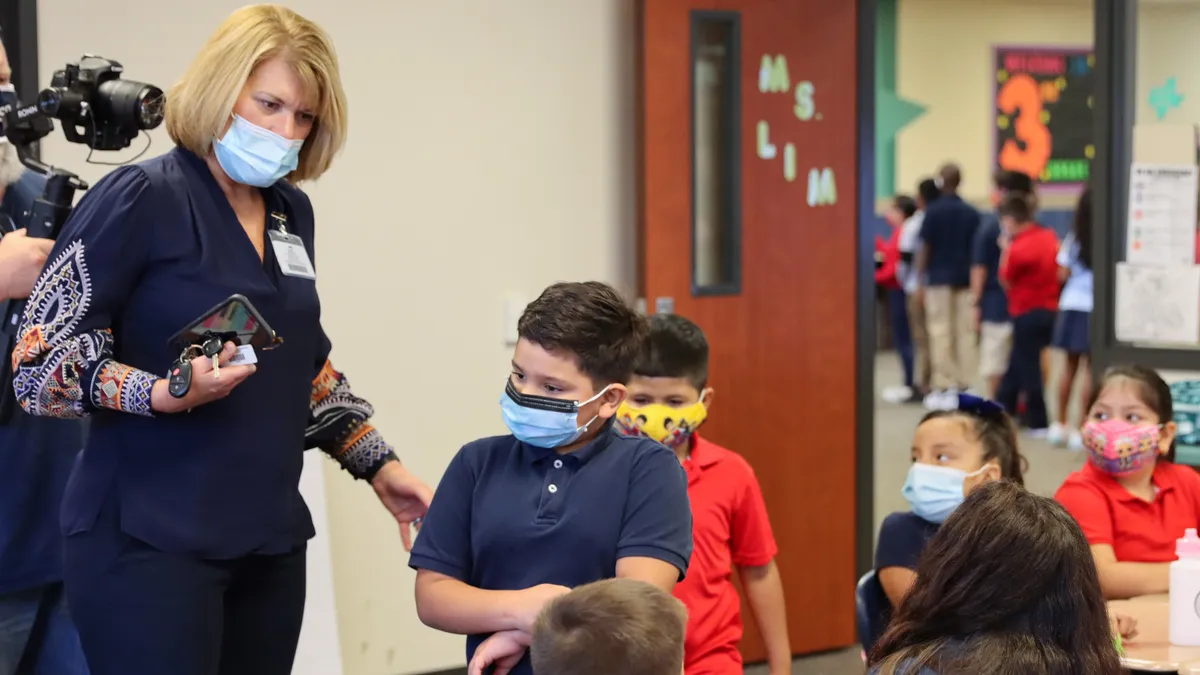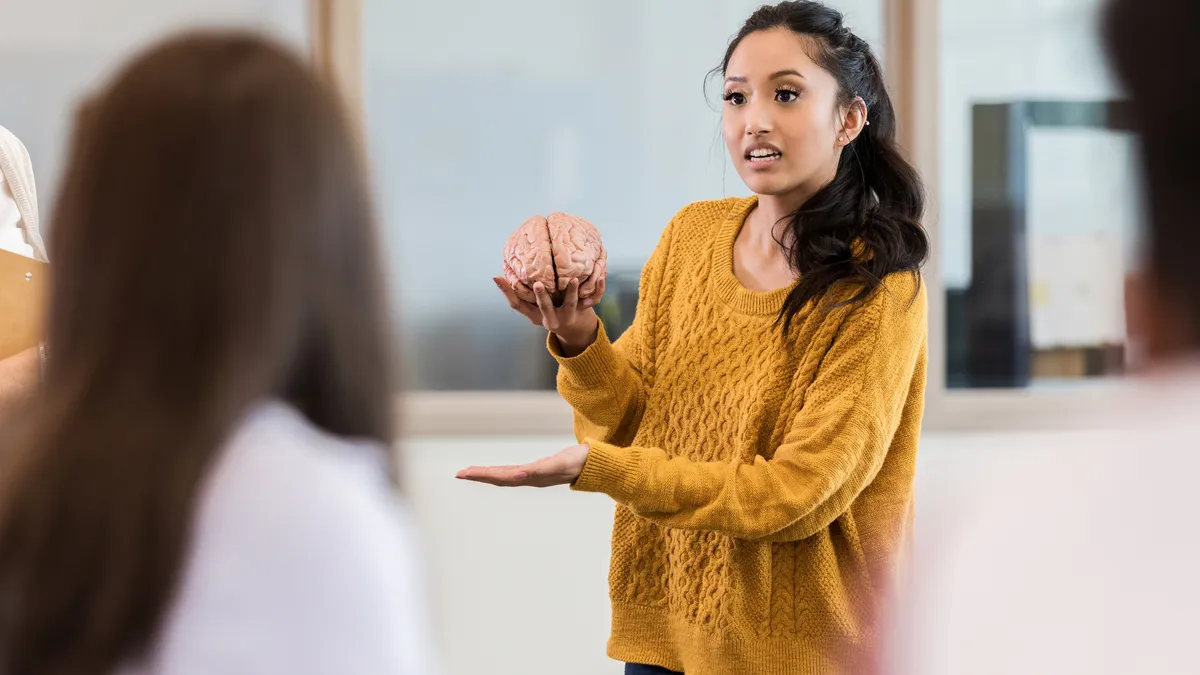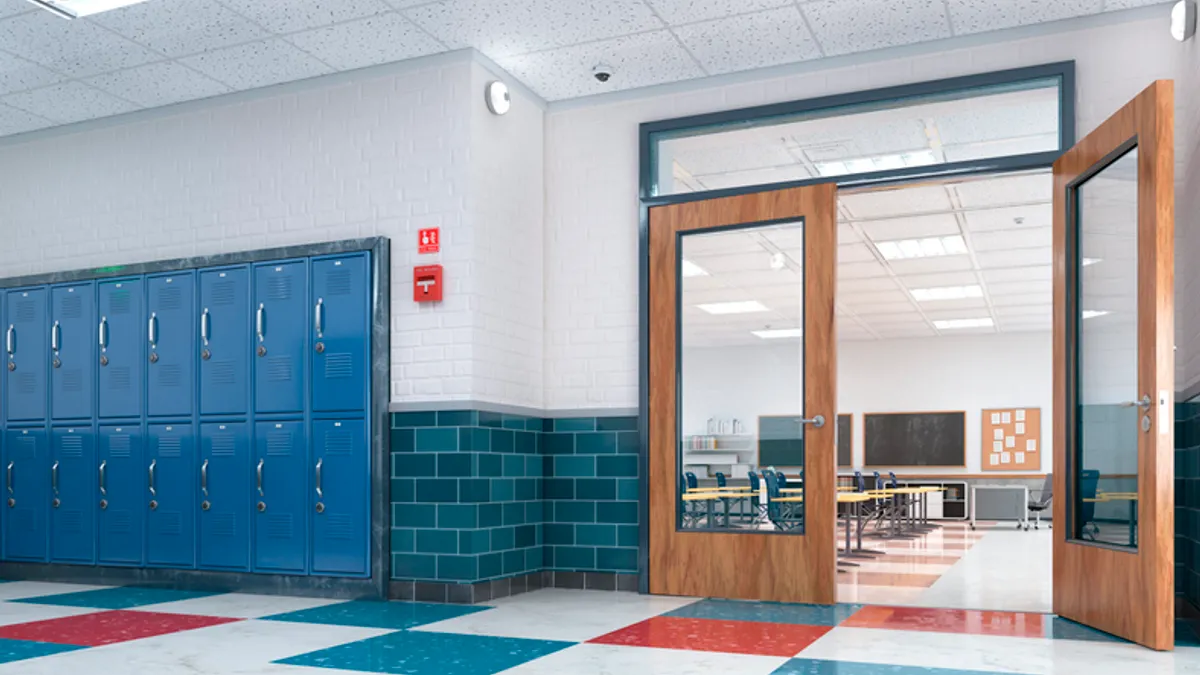Jamie Maier is an assistive technology specialist and district tech support for the Tigard-Tualatin School District outside of Portland, Oregon. After eight years as a program coordinator for cooperative preschools, she turned her attention to public schools and special ed.
The pandemic and remote learning proved one size of instruction does not fit all. While paper handouts and printed books are adequate for many students, much of educational content remains locked for learners with disabilities.
Distance learning forced many educators to go digital — a step in the right direction, certainly, but there were still some shortcomings. Just because a book or worksheet is digital doesn’t mean it is accessible. As an assistive technology (AT) specialist, I work with teachers to ensure all students are given equal opportunities to a quality education so they can reach their full potential.
Three myths stand in the way of achieving inclusive education, where diverse students can fully participate in learning alongside their peers. It’s time to bust these myths and remove barriers to learning along the way.
Myth 1: Assistive technology is only for special education students
Special education is a service, not a place. According to Education Week, 65% of students who receive special education services spend 80% or more of their time in general education classes. In order to access the same content their classmates are using, many need — and benefit from — assistive technology tools.
I represent my district as part of CAST’s National AEM State Cohort that is developing a coordinated system for providing Accessible Educational Materials (AEM) and technologies across the continuum of education services in seven states, including Oregon.
In that role, I have brought together multidisciplinary leaders in teaching and learning, information technology, English language learning, and special education, as well as students and parents, to make curriculum accessible proactively, instead of reactively. Many learners, regardless of whether they receive special education services, can benefit from AT.
The good news is that an abundance of tools are available, from low-tech to high-tech, to accommodate students with a variety of learning challenges:
-
For students with dyslexia who need assistance with decoding, using text-to-speech audio support in conjunction with karaoke-style highlighting lessens the cognitive load and allows them to read at their comprehension level and keep up with same-age peers.
-
For students with speech or language impairments, an AAC (augmentative and alternative communication) device can support or replace speech and empower the student to participate in class discussions.
-
For students with ADHD who need support with organizational skills, graphic organizers can help with executive functioning and make the difference between being an active learner or missing learning opportunities.
Myth 2: UDL is just another education fad
Instructional fads come and go, and many teachers have heard of universal design for learning (UDL), but it’s more than a fad. At its simplest level, UDL means instructional materials have built-in flexibility.
According to CAST, UDL is a framework designed to improve and optimize teaching and learning for all people based on scientific insights into how humans learn. It guides the design of instructional goals, assessments, methods, and materials that can be customized and adjusted to meet individual needs.
The Tigard-Tualatin School District shifted heavily into UDL during distance learning. It gave students the flexibility to demonstrate their knowledge in different ways, offered flexible due dates, and provided instruction in different formats. The use of video, project-based learning, specialized apps, and other strategies provided multiple ways for students to demonstrate their knowledge.
Myth 3: Students need IEPs to qualify for special services or accommodations
IEP, 504, what do they all mean? An IEP — individualized education program — is a plan that specifies the special education instruction, supports, and services students need to progress and thrive in school. A 504 Plan, under Section 504 of the Rehabilitation Act, is a blueprint for how the school will support a student with a disability and remove barriers to learning.
The goal of both is to give students fair and equal access to the learning environment through appropriate accommodations.
Some resources, such as the NIMAC, do require that a student have an IEP. Others, such as Bookshare’s free, online library of accessible ebooks, do not require an IEP but still have some qualification requirements. Students with 504 plans, for instance, often qualify for Bookshare. Other tools that provide reading and writing support, such as Read&Write for Chrome and Voice Dream Reader, are my go-to apps. Finally, the accessibility functions built into iOS are really valuable without spending a lot of money.
Universal truths of inclusive education
Whether classroom instruction is remote, in-person, or hybrid, all students deserve full access to education and learning. Every student has a unique learning style, and the key is to find the right tools to support diverse needs and unlock learning. AT is often the difference between learning barriers and learning opportunities. Digital makes it available; accessible makes it usable by all.





















